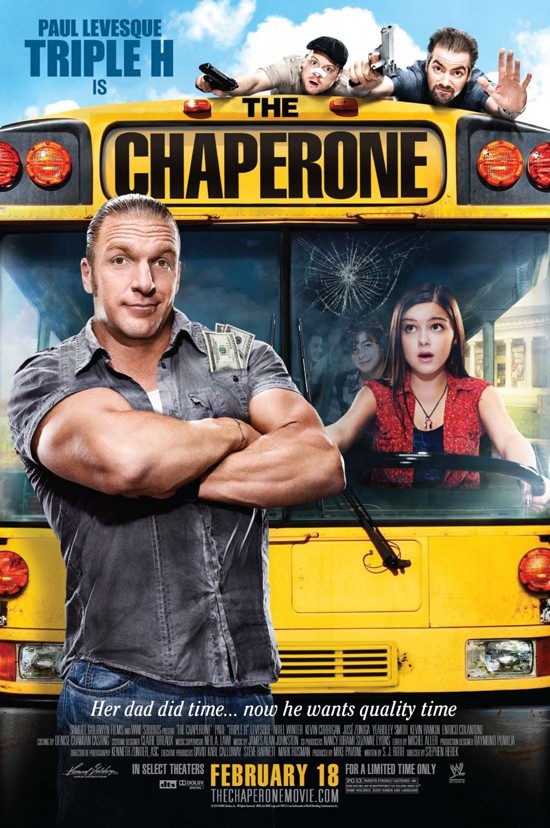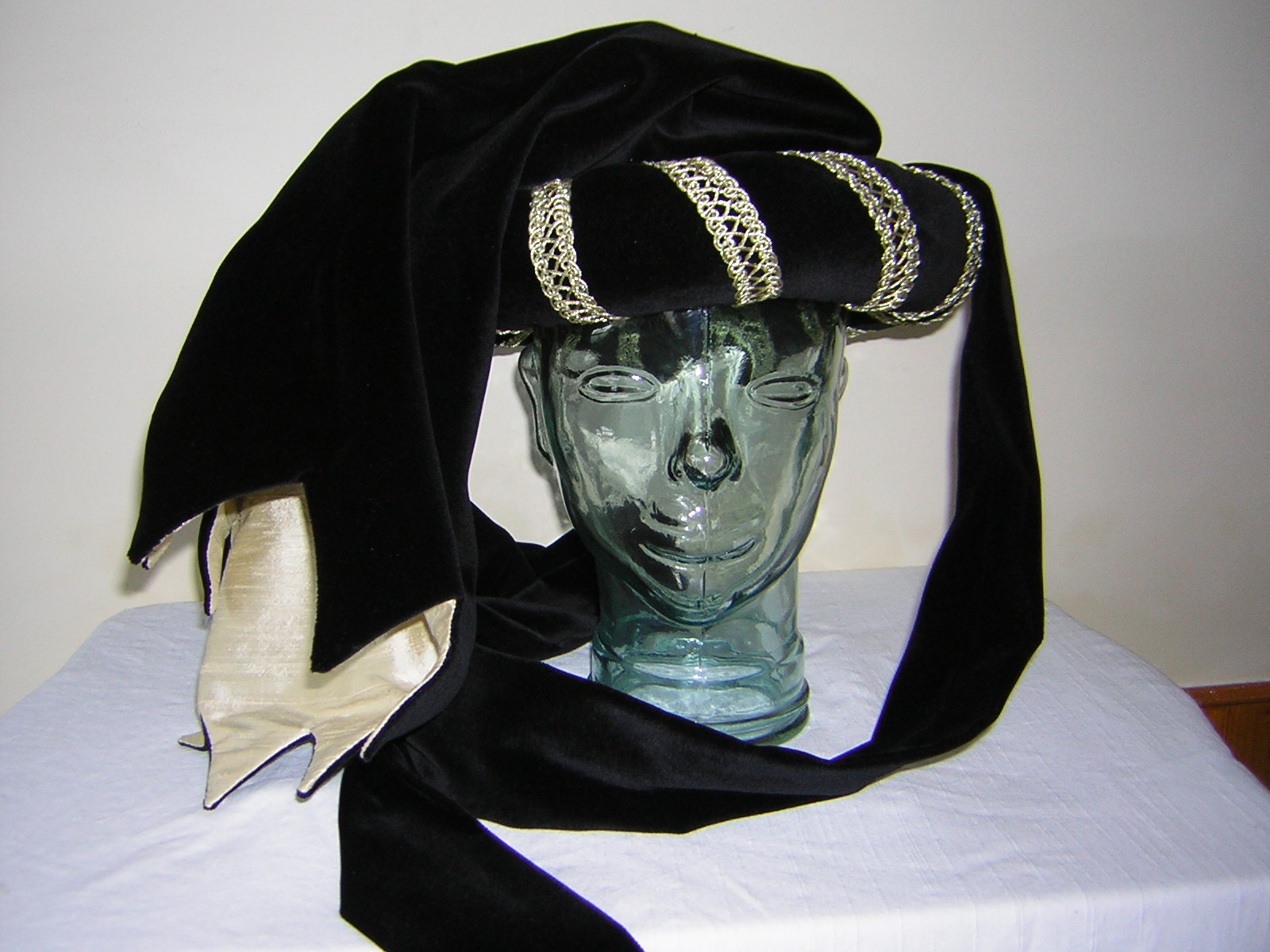

Suffragettes such as Cora believed Prohibition was a means to ending poverty, when, in fact, it gave rise to crime and alcoholism. Women’s magazines and films promoted sexual freedom, but Margaret Sanger’s birth-control clinics were outlawed. New York may have offered dazzling experimental theater, but living conditions for most residents were gritty and squalid. In “The Chaperone,” Moriarty gives us a historically detailed and nuanced portrayal of the social upheaval that spilled into every corner of American life by 1922. Just check out the trailer for Baz Luhrmann’s forthcoming “ The Great Gatsby” (in 3-D!) - Fitzgerald is spinning in his grave. Too often, the Roaring Twenties in film and fiction is reduced to its most simplistic stereotypes: flappers doing a frantic Charleston while swilling champagne, swells in roadsters speeding through a computer-generated Times Square. But like so many other famous flappers, Louise Brooks flamed out quickly, spiraling into alcoholism, mental illness and poverty. The same self-centeredness and ambition that earned Louise a spot in a famous dance troupe propels her to Hollywood and film stardom by 1926. The last 80 pages of “The Chaperone” follow Cora’s and Louise’s trajectories after the summer of ’22. “It didn’t matter if she was headed up or down.” She makes one final stab at chaperoning, this time to protect the young woman from her own self-destructive impulses. had all the time in the world.” Prodded along by Louise, she comes to admire the painted women at the Ziegfeld Follies and sits in an integrated audience at the all-black jazz musical “Shuffle Along.”īut even as she develops gumption, Cora realizes that Louise’s out-of-control behavior is more than teenage rebelliousness.


“She’d lived too much of her life so stupidly,” Moriarty writes, “following nonsensical rules, as if she. She has only murky memories of her earlier life, but she hopes to track down someone important to her while Louise is at dance class.ĭuring the course of a steamy New York summer, Cora slowly shakes loose the Victorian notions of propriety and sexuality that have constrained her like the stifling corset she insists on wearing. The proper facade that she has presented to the good citizens of Wichita for 20 years is not entirely accurate. Men don’t want candy that’s been unwrapped.”Ĭora gradually reveals her motives for taking this two-month trip in New York. Laura Moriarty’s novel follows a dancer and her adult chaperone in New York City. And then when you came back to Wichita at the end of the summer, your reputation would be compromised.” “They could go back and tell stories about your behavior. Cora takes her chaperoning duties seriously and tries to explain the enormous consequences if someone were to spot an unescorted young woman in, say, the dining car with two firemen: “Surly and scheming,” Louise flirts with any male, young or old, and gives Cora the slip at every opportunity. Moriarty was inspired by the beleaguered real-life chaperone who accompanied Louise on just such a trip, but she has imagined the rest of Cora’s story, which manages to outshine Louise’s.įrom the moment they step on the train east, Cora realizes she’s got her hands full. Cora Carlisle, a frumpy housewife, inexplicably volunteers, even though, to the Brooks’s sneering disbelief, she has never heard of Denishawn or any other New York craze. Fifteen-year-old Louise, a precocious dancer with an ambitious artiste mother, has been invited to take summer classes with the legendary New York dance troupe Denishawn, but she may go only with a proper chaperone. The year is 1922, and the place is Wichita, where a car with an electric starter is considered a luxury and the Ku Klux Klan prospers. In “ The Chaperone,” Laura Moriarty’s captivating and wise fourth novel, we meet Louise long before her arrival in Hollywood. In addition to the signature haircut, the frank sensuality of her dancer’s body and the world-weary expression in her huge brown eyes captured the dangerous recklessness of the New Woman. The silent-screen actress Louise Brooks, with her black Dutch-boy bob, has endured in popular culture as the most recognizable and iconic flapper.


 0 kommentar(er)
0 kommentar(er)
